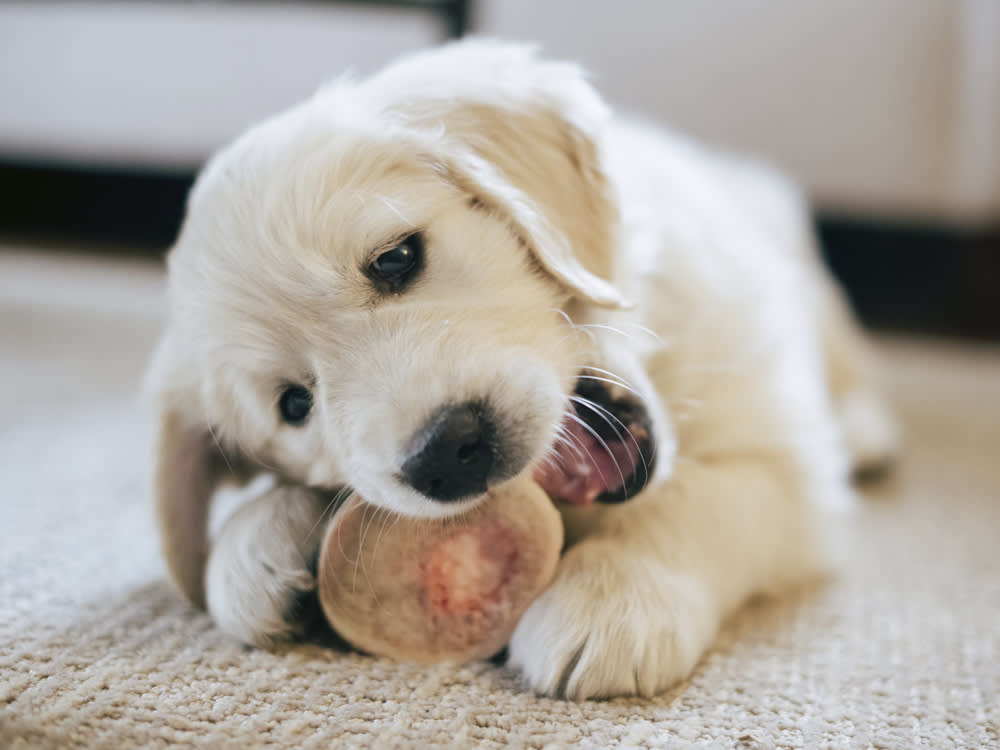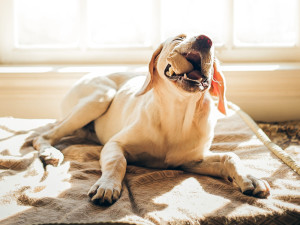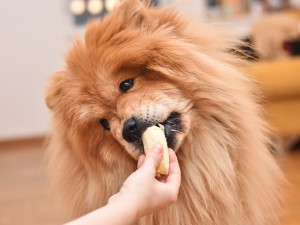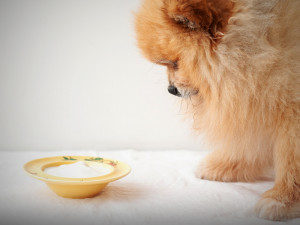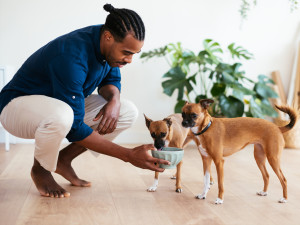Are Marrow Bones Safe For Dogs?
Dr Shea Cox warns pet parents about the unexpected dangers of dog bones
Dogs visit the out-of-hours service for many reasons, but bone marrow mishaps rank at the top of the list for unexpected pet emergencies. I still remember my first patient in this very predicament; perplexed, I thought, ‘How is this even possible?’ While it looks like a trick only a magician could pull off, a playful pup can actually get a circular marrow bone caught around their lower jaw and teeth with surprising ease.
Unfortunately, I have seen more than my fair share of bone-related injuries. While some bones are easily removed from the jaw with lubrication and gentle manipulation alone, others need to be removed with a cast cutting saw (or similar tool, depending on the thickness of the bone) while the pet is sedated.
Dogs can suffer from other bone-related dangers too. I have seen dogs with fractured canine teeth, as well as extensive injury to their lower jaw and tongue. This type of injury occurs when blood circulation is cut off to the skin or tongue while it is trapped within the bone. The marrow bone literally turns into a tourniquet with the continued and inevitable swelling of the tissues. These situations are painful and distressing for pups and potentially very costly for people, depending on the extent of trauma and ease of removal.
So, if your dog absolutely loves bones, what’s a pet parent to do? Here are a few tips to help prevent misadventures with bones.
Size really does matter
Make sure the size of the marrow bone is suitable for the size of your dog. Have your butcher custom cut your marrow bones, trimming them into longer pieces (about 20 centimetres) for larger dogs. Skinnier bones can work themselves around your dog’s jaw more easily and should be avoided.
Try a knuckle bone instead
A knuckle bone cut can offer a similar chewing experience, and because there’s no hole, there is no risk of it slipping around the dog’s jaw. However, as with any type of bone, these too can come with risks. Be sure to take them away while they are still large, as soon as the gristle and soft parts of the ‘knuckle knobs’ are gone. Keep an eye on size to prevent accidental choking on pieces that can be swallowed whole.
Avoid marrow bones for sensitive dogs
Marrow bones may not be the chew of choice for dogs that easily get an upset stomach or diarrhoea. Marrow is very high in fat, and I have seen this cause digestion issues and pancreatitis in dogs who are not used to the richness of the marrow fat.
Use raw bones
Be sure to give only raw bones. Cooked bones are dangerous and should never be given to dogs. Cooking leaves bones brittle and prone to splintering, making for another safety hazard.
Always watch your dog
Never leave your dog unattended while they are enjoying a bone – it is incredible how fast these accidents happen. And remember, extra aggressive chewers need even more supervision.
As gratifying as these treats can be, you can still find a bone to pick with them because of the serious complications that can happen. So, remember the risks and let your dog enjoy bones only under direct supervision.
